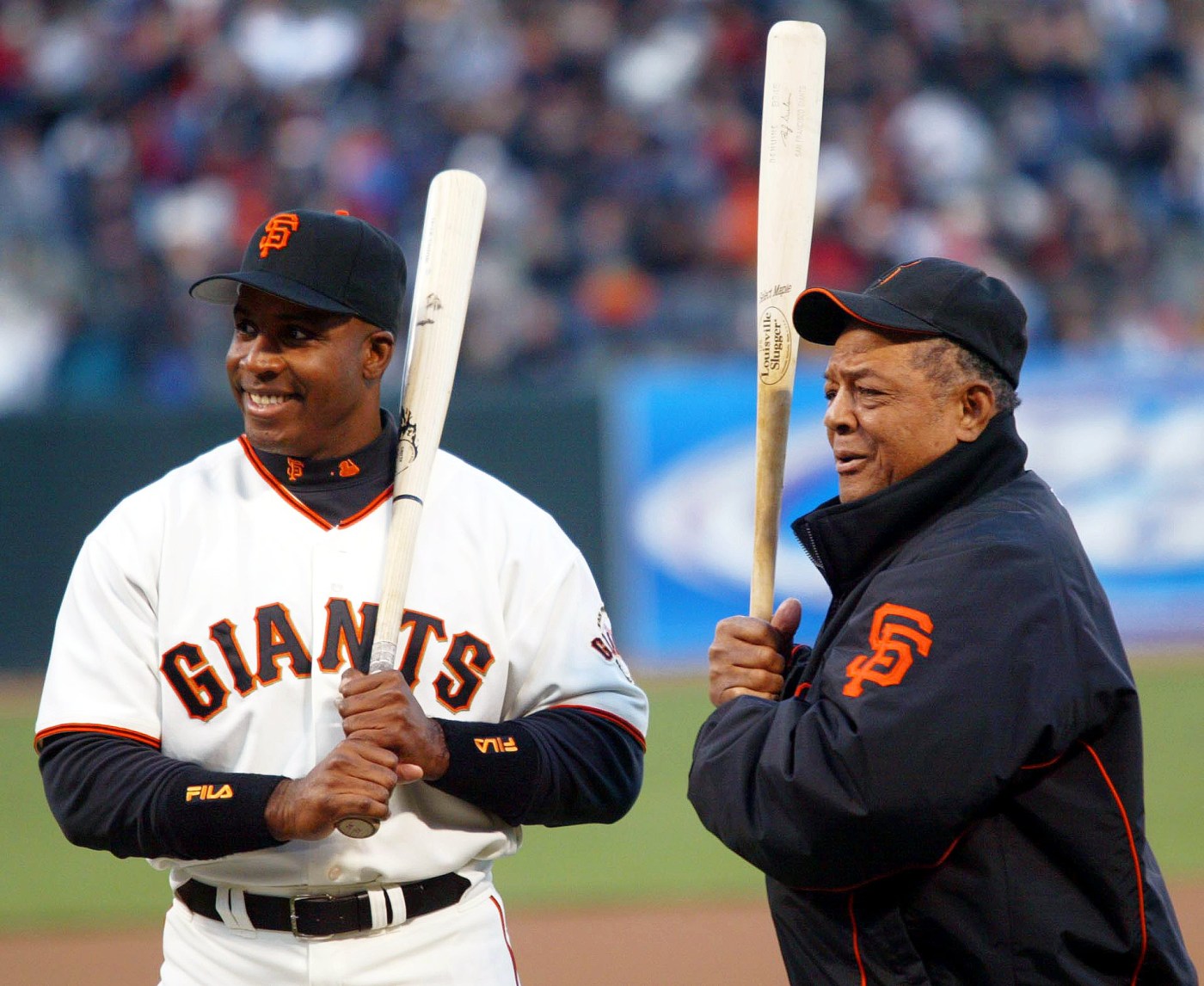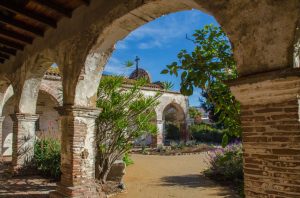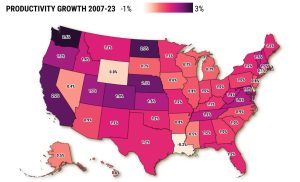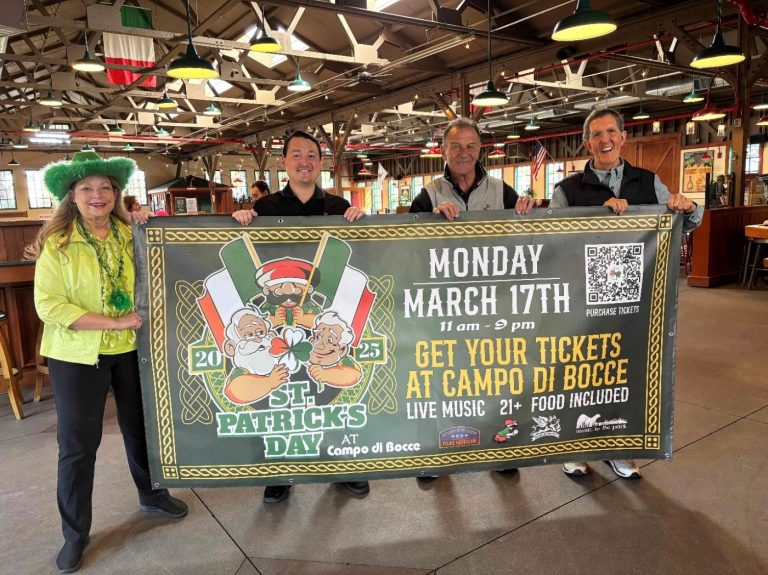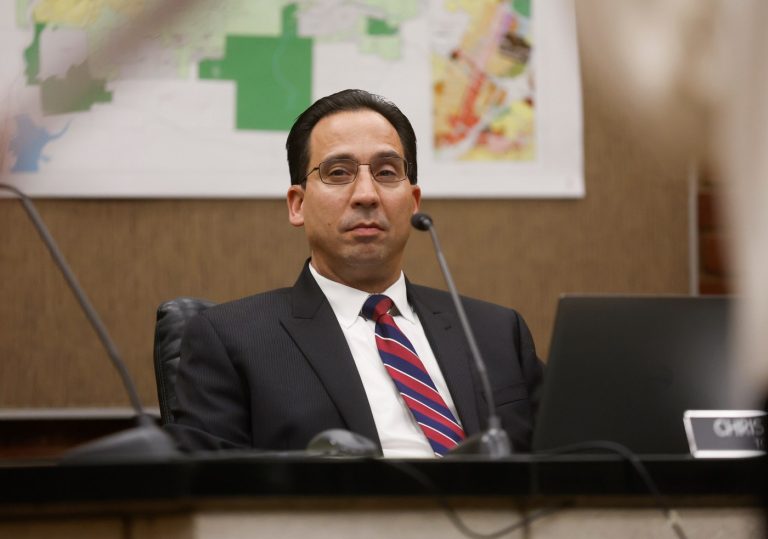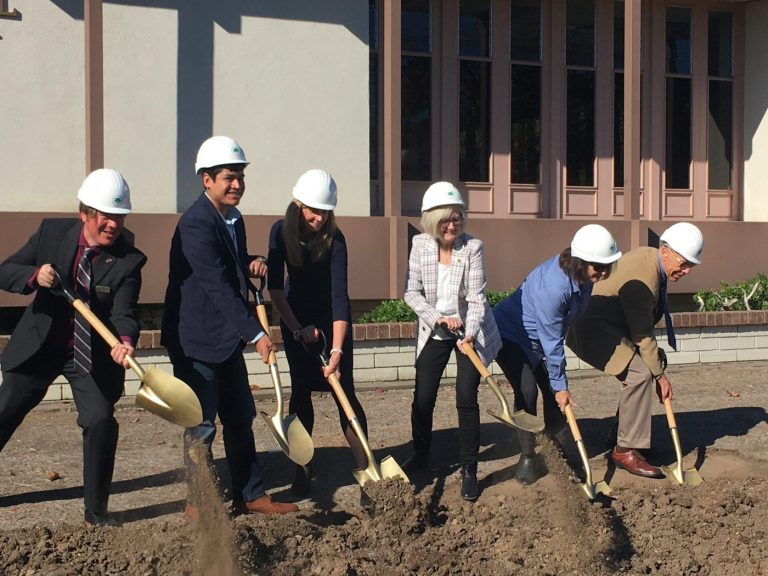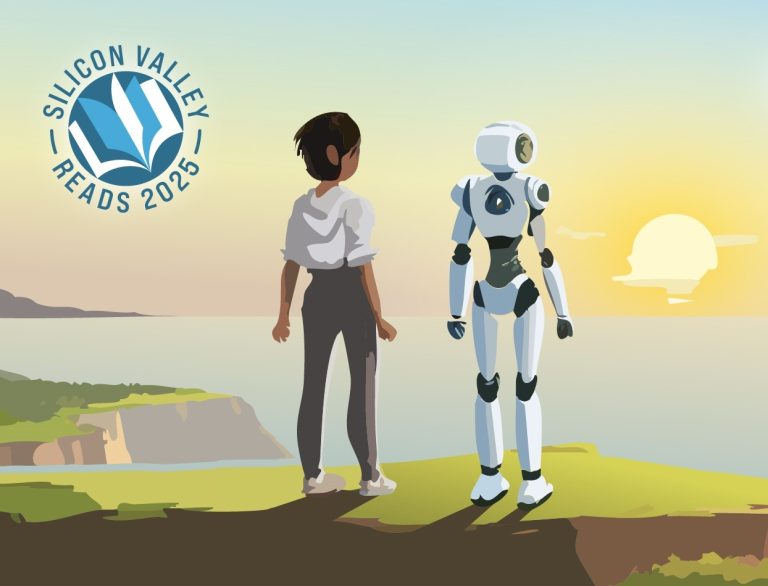The first two people I thought about Tuesday when Willie Mays died were my father and Ken Henderson.
My dad started taking me to Giants games in the mid-1960s, trekking across the San Mateo Bridge from our home in Hayward. There were doubleheaders in those days, and rather than sit through 18 innings of baseball with a 7-year-old, we’d usually get there with Game 1 in progress.
One problem. It was about that time that Mays, who seldom took days off, would sit out the the second game in favor of Henderson, a capable pro who played 16 years in the big leagues with his only detriment in my kindergarten mind being that he wasn’t Willie Mays.
Willie Mays. It’s always both. They go together. He wasn’t Willie, because there was McCovey. He wasn’t Mays because, well, he just wasn’t. He was Willie Mays.
If I ever saw Willie Mays in his prime, I don’t remember it, although I do recall him getting low-bridged by the Dodgers’ Don Drysdale more than once in person. Not that Mays ever stared out at the mound or was looking to fight. It’s just the way things were.
My dad claimed to have been at the game at Candlestick Park in 1963 when Juan Marichal and Warren Spahn dueled until Willie Mays won it in the bottom of the 16th. There were 15,921 people there that night and probably 70,000 that said they were there. I never had the heart to ask whether it was true.
I do remember my dad scoring seats to the 1967 All-Star game in Anaheim. We had relatives who got us tickets. Wish I still had the stub, because I remember being stunned my dad paid $8 per ticket to sit several rows behind the American League dugout and thinking it was a fortune.
Casey Stengel sat two rows in front of us, and his handlers were shooing fans away. My dad said, ‘C’mon Case, remember the old Oakland Oaks?’ And Stengel, who managed the Oaks in 1946, stopped in his tracks, shook his hand, said, ‘Hell yeah!’ and signed the stub that I lost before I was 11.
Mays, remarkably, didn’t start that game, but he pinch hit for Lou Brock and wound up going 0-for-4 in a game the National League won 2-1 against the American League in 16 innings. I took all of his outs personally. All-Star games were serious business then. Roberto Clemente went 0-for-6 in the Southern California twilight. So did Hank Aaron.
A baseball nerd in those days, I read everything I could get my hands on about everyone, but especially Mays. I came to realize I’d never seen him when he was at the height of his powers, and mourned his departure to the New York Mets in 1972 at age 41 in exchange for a reliever named Charlie Williams.
The following year, Mays even played in the World Series for the Mets against the A’s in Oakland at age 42 in what would be his last act as a big league player.
Willie Mays finished his career with the New York Mets in the 1973 World Series against the A’s in Oakland. A.P. Photo
Time passed, and I got into the media business. The first major league game I ever covered was an A’s game in 1982 when Rickey Henderson was pursuing the major league stolen base record. They were playing the Angels, Henderson got thrown out and Reggie Jackson hit a home run for the Angels.
I remember being nervous about being in the right place at the right time more so than being in the presence of big leaguers. Covered a lot of different sports at different levels and figured I was immune to being spellbound.
That changed in 1993. One of our beat writers had changed jobs, and our Giants writer was moving over to cover the A’s.
I’d been a backup writer for both the A’s and Giants and was covering college sports. I was sent to spring training in Arizona to cover the Giants until we had the beat sorted out, and it happened to be the same year Dusty Baker was hired as manager and Barry Bonds had been signed as a free agent.
I’d heard stories that Bonds could be difficult, but imagined that his reporting day would take a “happy days are here again” tone now that he was returning to San Francisco where his father was a coach and Mays, his Godfather, was an icon.
Not even close. Bonds wore a scowl, gave short answers and took offense to even innocuous questions.
The following day, the beat writers were in the clubhouse and were informed Willie Mays would be available for questions.
It was damage control, pure and simple, and veteran scribes noted it wasn’t as if Mays had the best relationship with reporters.
But it was still Willie Mays, and there I was, sitting on a bench in a clubhouse right in front of him as he explained Bonds’ attitude and that it was going to take some time to get to know him. I’m not sure how long he talked, it was probably 10 minutes or so, but he spun some yarns in his high-pitched voice and dropped a lot of swear words.
Related Articles
Why Willie Mays represents more than his accomplishments
SF Giants, from one generation to the next, remember Willie Mays: ‘One of the true icons of the game’
The murky origin of Willie Mays’ ‘Say Hey Kid’ nickname
Kurtenbach: There’s good, great, and then there was Willie Mays
The Catch: How Willie Mays explained his signature World Series play
I thought about Ken Henderson. Those trips across the San Mateo Bridge with my dad. He was so proud of what I did, always with a stack of papers for clients in his tax business to show off the byline of our shared first and last name.
But I always kept a professional distance in that I didn’t call him often with who I was talking to and what we were talking about until he died in 2008. Except once.
After that day in Arizona, I called him and said, ‘Dad, you’re not going to believe this. I just talked with Willie Mays.’ ”
It wasn’t entirely the truth. I’m not sure if I contributed a word to the interview session. But it was close enough. It was Willie Mays, I was there, and I got to tell my dad about it.
Pretty cool.
